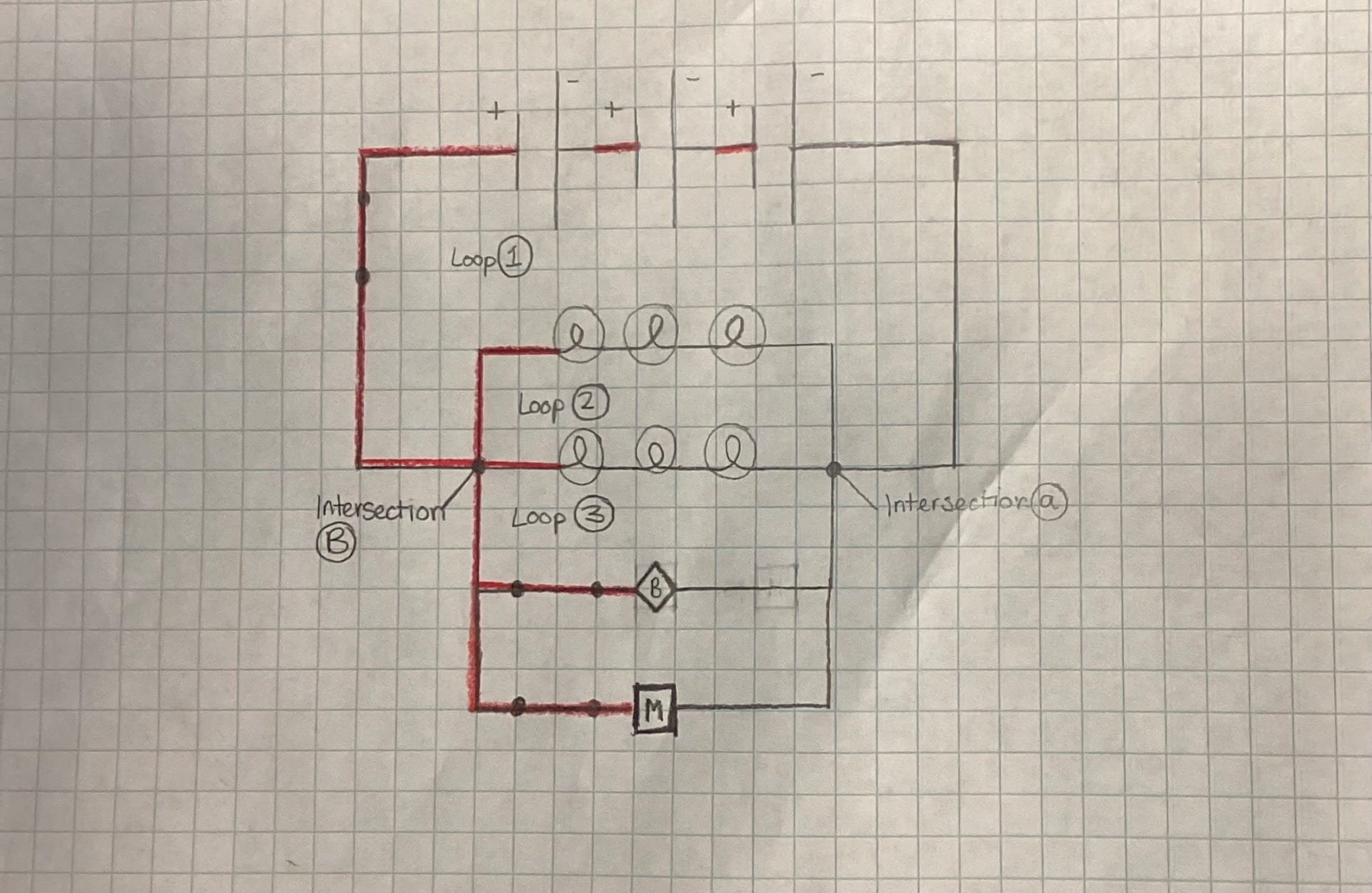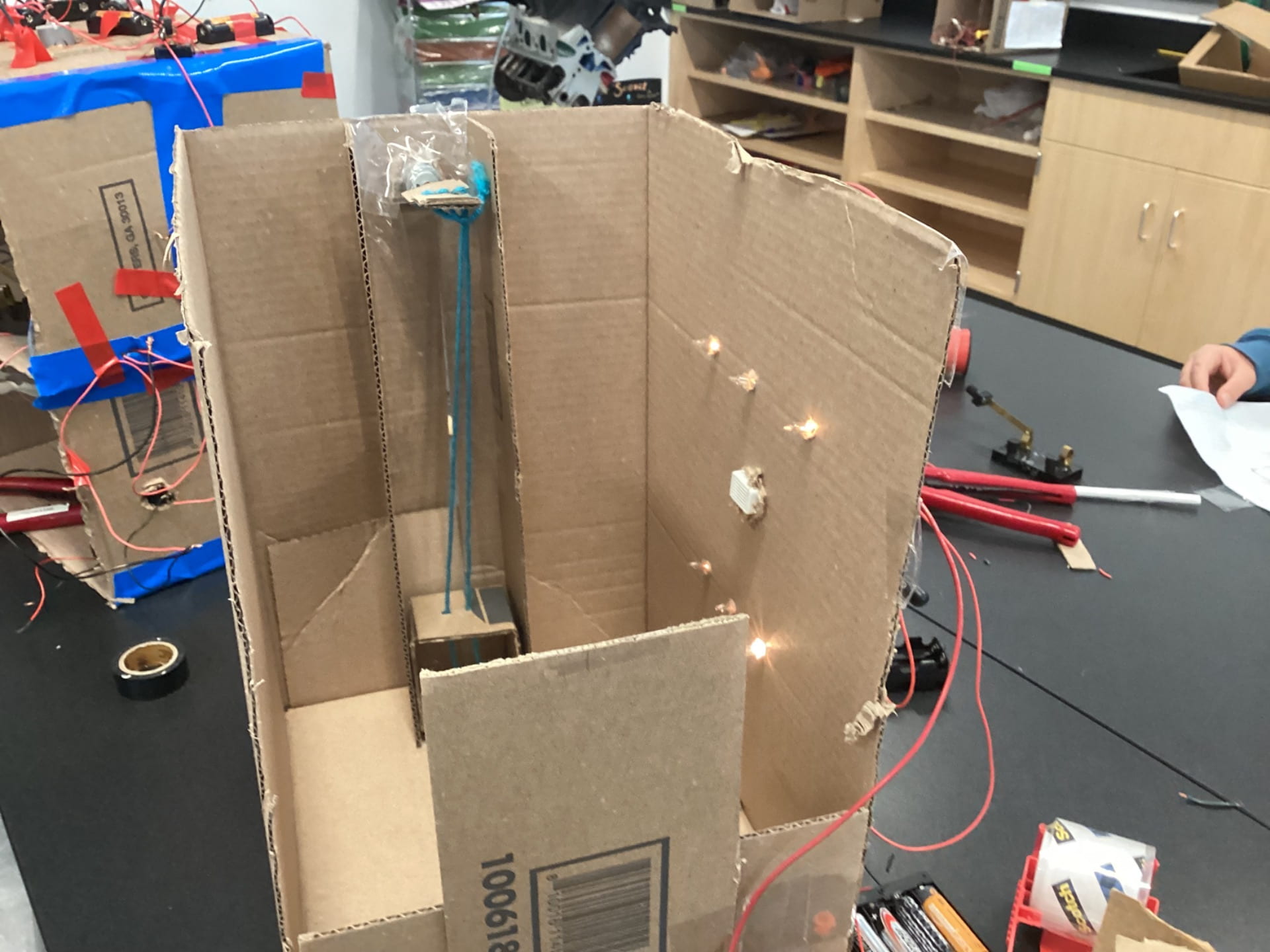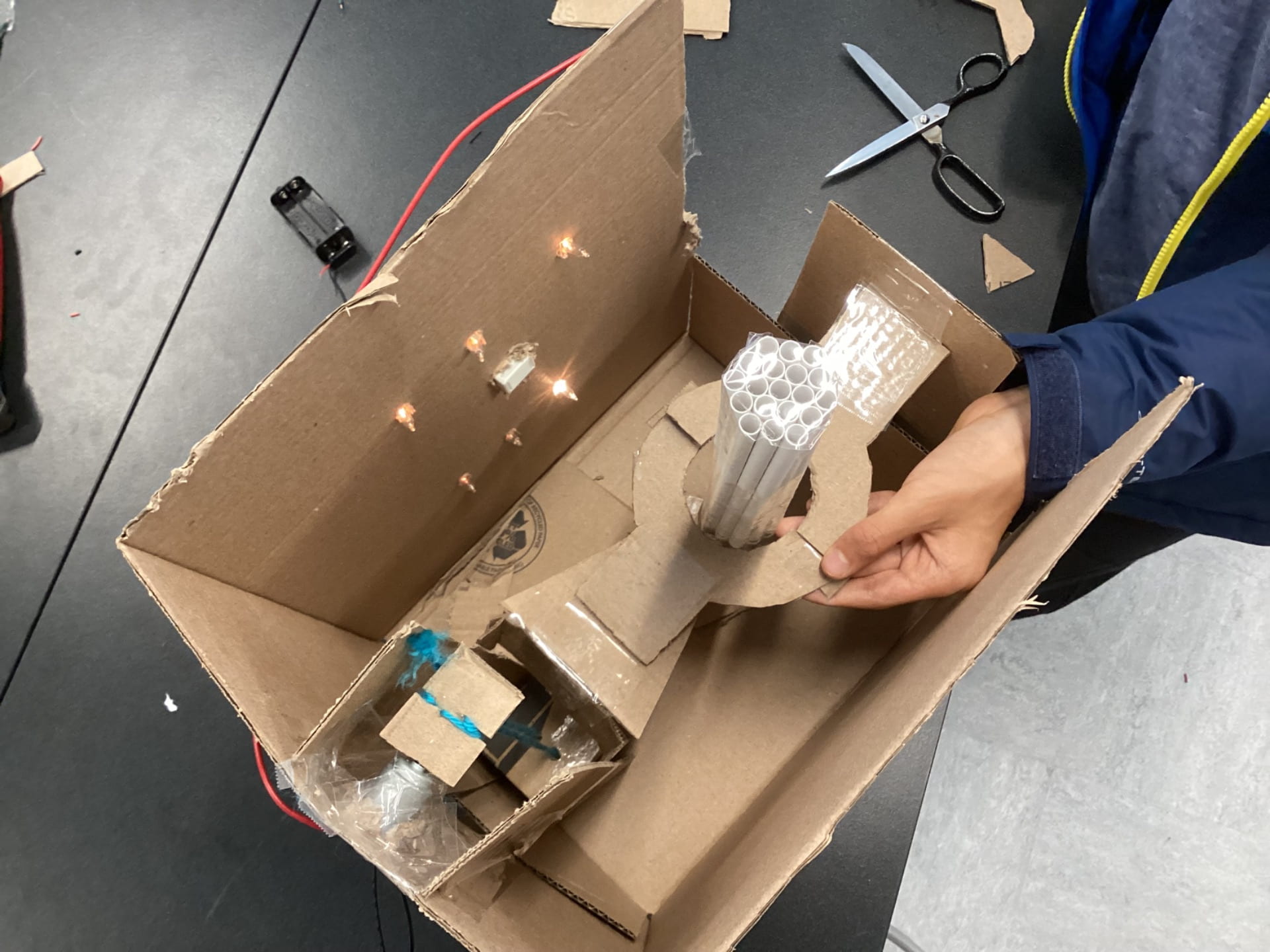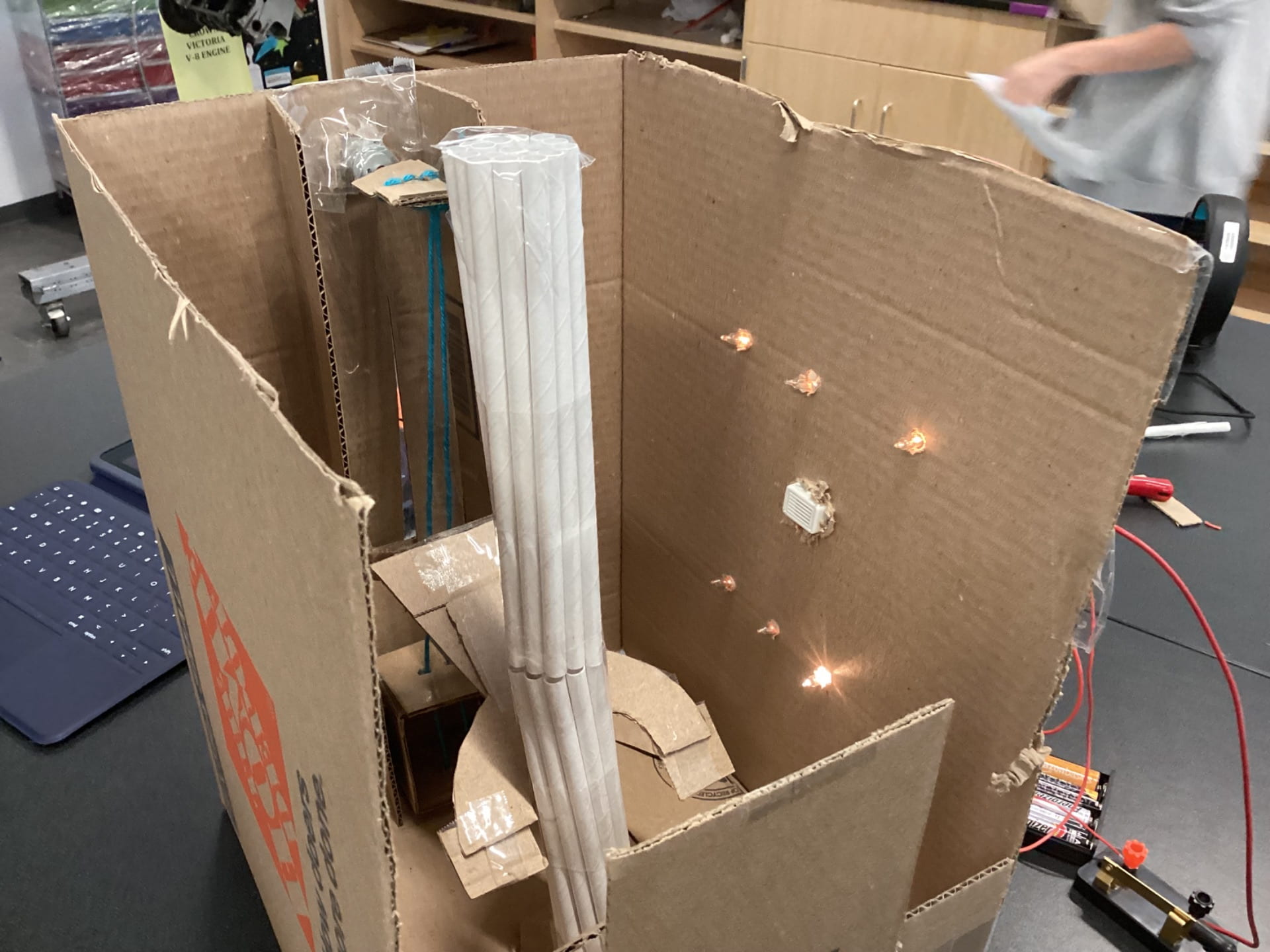Wow! That’s so cool! And impossible…
Dipper Pines, Dungeons, Dungeons, and More Dungeons, Gravity Falls,
My friend James and I had a project.
It was called the CavTown project, and we were supposed to create a functioning building for CavTown, a little cardboard town that was destroyed every year.
We were given these three criteria:
- At least 3 functioning lights
- At least 1 buzzer
- At least 1 motor that does something interesting.
Immediately, we came up with one idea for our project before we even knew what it would be:
“Elevator”.
We sketched out our idea, and it started to take shape. Of course, we needed to do the other things too.

That’s when our other idea came in:
“Rocket”.
We came up with a few more design plans. We eventually came up with a rocket launch site. We had a whole fictional company called “TPAaSA” and an official logo:

At the time, we forgot that the second A in NASA was for Administration, not Association, but we kept it because we didn’t really administrate over anything. Made in Sketchbook on October 16th, 2023.
I mean, we never actually used the logo, but it was fun to make, and it gave us a company name for the project.
Ever since the idea for “Rocket,” we knew we had to incorporate the elevator somehow. So we made an elevator that led up to the entry zone. We also created lights and a buzzer as warning for when the rocket would “launch.” (We’re in 6th grade. Do you think we made an actual rocket that launched?)
I’ll give you an image about how working on the lights went:
James held a light in place and I taped it down. He got another light, but the first one was coming undone. We reinforced it, and James had to put the second light back. We reinforced it too, and then moved on to the third light. The first light started coming undone again, so we attached that to the battery pack and attached that to the wall, letting go of the third light in the process. We made a couple connections after installing the third light, which came undone every 30 seconds, I swear. So we made the connections tight, and then turned on the lights, and one of the connections was not tight, and the third light was coming loose now… you get the idea.
Eventually, everything was tightened, and now we had to add the buzzer and motor.
The buzzer was actually much easier to attach to a cardboard hole than the lightbulbs.
The motor was proving to be a small challenge.
Quick background: electrons run through wires, trying to take the path of least resistance. The more “loads” (say, a lightbulb or something) on a circuit, the longer it takes for an electron to move through. Some loads, like maybe motors or buzzers, have a higher resistance. Therefore, a motor and a buzzer have a higher resistance than, say, about three lightbulbs. So, in this hypothetical situation, which path would the electrons choose?
We added a separate path (with a switch) to attach to the motor, along with a path from there to some lightbulbs on the other side. Problem solved!
And that’s when we ran into our weirdest problem.
We tested several times, and the buzzer wasn’t working. And it also was. It was working inconsistently, and the only way to make it run consistently was to get yet another battery and jumpstart it before turning on the lights and motor.
We did that, and it was weird, but it worked.
AND THEN.
Actually, nothing bad happened (directly) after that.
We measured the sides of the elevator and the elevator path (what do you even call it?), and those worked out pretty well. Then we made the path around the entryway to the rocket, and that was all wobbly. It was attached to two perpendicular vertical edges, and that was weird, with it being a horizontal sheet of cardboard in relation. So we took a small strip of cardboard, and we attached that to the elevator path and the walkway. It wouldn’t be very practical, but it’s not like anyone would actually be walking on it.
And then we created the elevator.

As it turned out, we had to use a little leftover piece of cardboard, and wrap the string around that. To make the elevator rise while the string went up, we needed to make sure that there was a hole in the elevator wide enough for the blue yarn, but not for the knot we made. The knot went through one hole in the bottom, but luckily got stopped in the hole at the top.
There wasn’t really a way to make the motor go slower, so we had a dangerous, high-speed elevator that we couldn’t make go down, but that was still impressive for the project criteria.
And everyone else thought it looked cool that way anyway.
Finally, we had to design a rocket. But we spent so much time on the launch site, we didn’t have much time to create a rocket-like structure, so…

Our “rocket,” moments before its untimely destruction. Yeah, I’m not entirely sure what side was the top either.
In the end, we did pretty well, and our elevator held up through and through.
Until we left the project for a week, came back to take it apart, found out the elevator wasn’t working anymore, and just stopped caring about that because we were going to take it apart anyway.
All in all, this was a really fun project, and I’m glad that James and I were able to keep that central idea from before…
“Elevator”.

